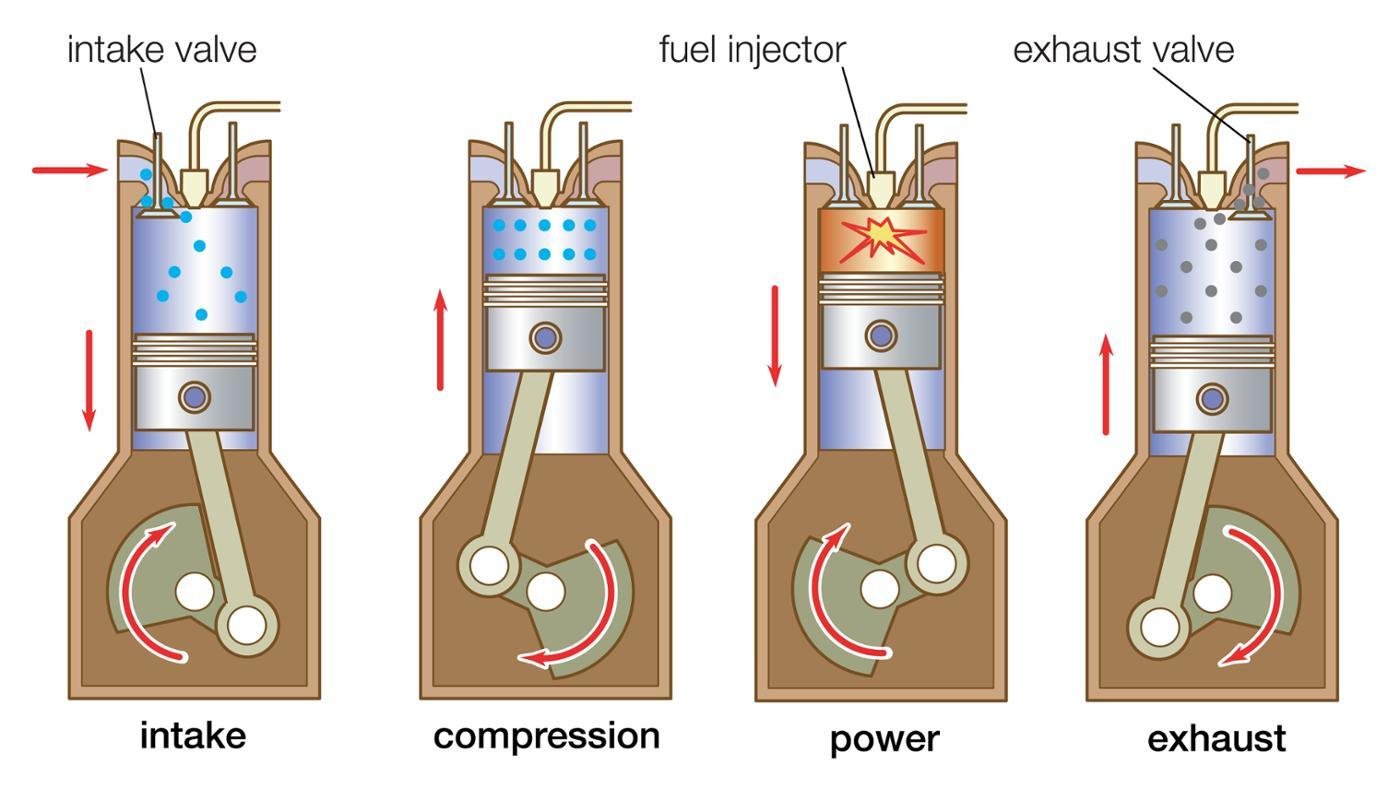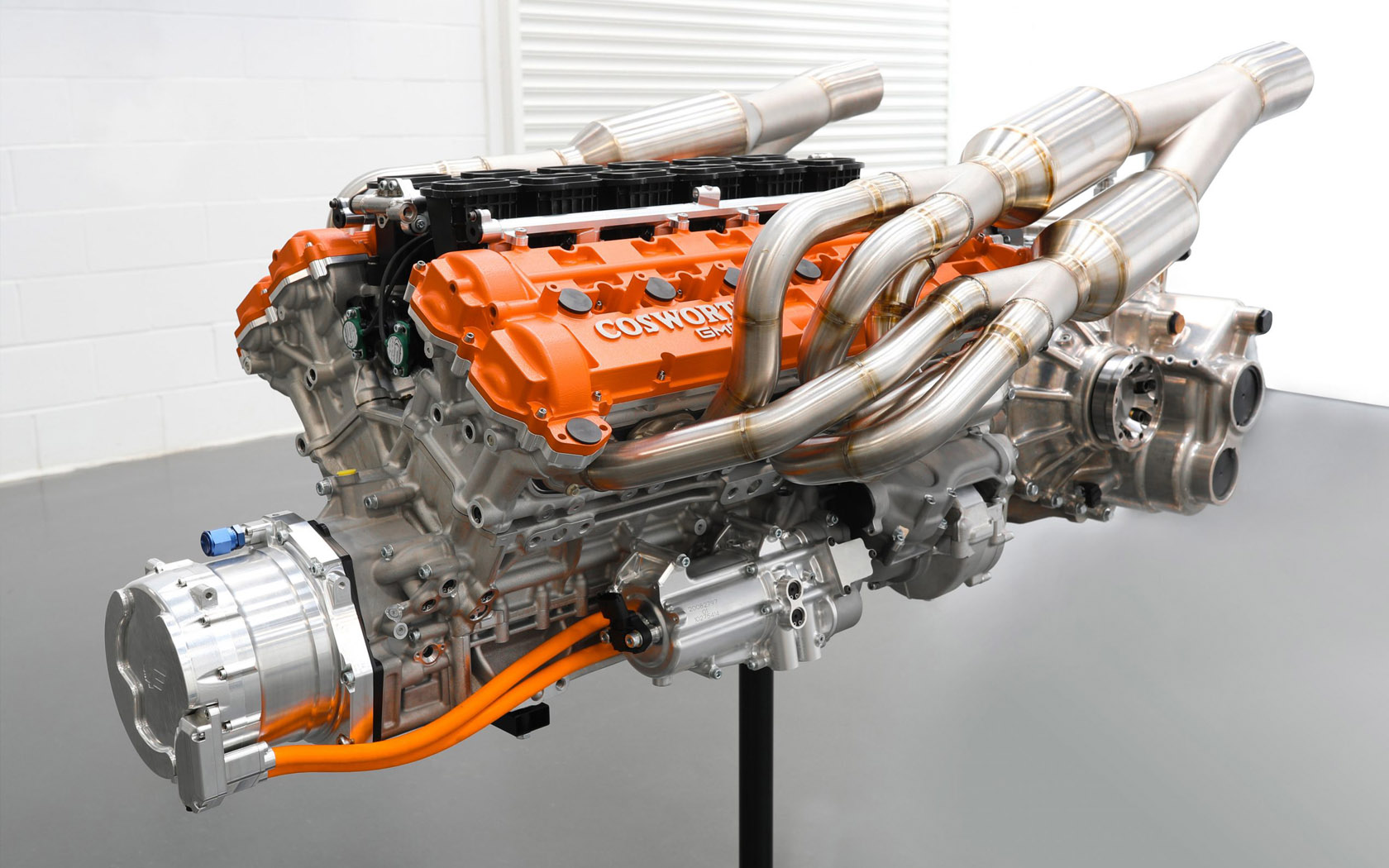Store Engines for Africa and More at Our Substantial Automobile Components Store
Store Engines for Africa and More at Our Substantial Automobile Components Store
Blog Article
The Mission for Ultimate Driving Power: Exploring the Pinnacle of Engine Efficiency and Technological Advancements in the Automotive Sector
In the realm of automobile design, the quest of maximum driving power has been a ruthless quest that has actually unfolded via the advancement of engine style and the assimilation of advanced innovations. From the careful workmanship of burning engines to the quick innovations in electric propulsion systems, the vehicle market stands at the cusp of a new era defined by unprecedented performance capacities.
Advancement of Engine Layout

Furthermore, the assimilation of turbocharging and turbo charging innovations has actually changed engine layout by improving power without dramatically increasing engine size. These forced induction systems compress the consumption air, enabling more fuel to be combusted, consequently producing higher power outcome from a smaller sized engine. This advancement has actually been specifically essential in boosting the performance of smaller variation engines while maintaining fuel efficiency criteria.

Performance-Enhancing Gas Technologies
The application of advanced fuel modern technologies has dramatically added to improving engine efficiency in modern-day cars. From traditional gasoline and diesel to cutting-edge biofuels, synthetic gas, and hydrogen, the automobile industry is observing a change in gas options. Biofuels, stemmed from renewable resources like algae, sugarcane, or corn, offer enhanced and reduced discharges engine effectiveness. Synthetic fuels, generated with chemical procedures, provide high octane ratings, enhancing power outcome. Hydrogen gas cells, although still in the beginning of fostering, show excellent promise due to their zero-emission nature and capacity for high performance. In addition, fuel additives and cleaning agents are being developed to clean engine components, optimize combustion, and minimize rubbing, therefore boosting overall car efficiency. With recurring research and growth, the mission for the supreme driving power proceeds, as designers aim to open the full potential of performance-enhancing fuel innovations in the vehicle industry.
Improvements in Electric Propulsion
Considerable strides in electrical propulsion modern technology have reinvented the automotive market, paving the means for a new era of efficient and lasting transportation. Electric vehicles (EVs) are obtaining appeal as a result of their environmental benefits and advancements in battery innovation, allowing longer driving ranges and shorter charging times. Producers are spending heavily in research study and growth to boost the performance of electrical propulsion systems, concentrating on increasing power outcome, boosting energy efficiency, and lowering overall weight.
One remarkable innovation in electrical propulsion is the advancement of innovative electrical motors that supply greater torque and power density, resulting in improved velocity and general driving performance. Additionally, regenerative braking systems have actually been refined to store and record power during deceleration, additional improving the performance of EVs.
Additionally, the combination of smart technologies, such as man-made knowledge and predictive analytics, is optimizing the administration of electrical propulsion systems, making sure optimal efficiency under various driving problems. These developments in electrical propulsion are improving the automotive landscape, driving the sector in the direction of a much more lasting and amazed future.
Effect of Computational Fluid Characteristics
With developments in electrical propulsion pressing the borders of automobile innovation, the assimilation of Computational Liquid Dynamics is playing an essential function in maximizing wind resistant performance and enhancing general efficiency in car layout. Computational Liquid Dynamics (CFD) entails making use of computer system simulations to examine the circulation of air around a vehicle, making it possible for designers to predict how layout adjustments will certainly affect aerodynamics without the demand for expensive physical prototypes. By accurately modeling air flow patterns, CFD Continued permits the improvement of lorry forms to reduce drag, boost cooling, and enhance security.
One key benefit of making use of CFD in lorry style is the capacity to iterate swiftly, discovering many layout variations to recognize the most aerodynamically reliable remedies. This iterative procedure leads to vehicles that are not just sleeker and much more aesthetically attractive but also extra fuel-efficient and eco-friendly. Additionally, CFD makes it possible for designers to optimize air movement around elements such as radiators, engine bays, and wheel wells, contributing to boosted efficiency and general driving experience. To conclude, the combination of Computational Fluid Dynamics stands for a substantial action ahead in the quest for best driving power and performance in the auto market.
Future Fads in Engine Advancement
In the dynamic landscape of auto engineering, cutting-edge innovations are forming the future trajectory of engine development. The future of engine layout is marked by a solid emphasis on efficiency, sustainability, and efficiency. Manufacturers are progressively concentrating on establishing engines that not just provide high power results however also prioritize ecological responsibility by minimizing emissions and improving gas efficiency.
One famous trend in engine advancement is the rise of electrification. Crossbreed and electric powertrains are acquiring grip as sensible options to standard burning engines. These innovations supply the potential for considerable decreases in carbon exhausts and increased energy performance, aligning with worldwide efforts to deal with environment adjustment.
Furthermore, improvements in materials scientific research and manufacturing methods are allowing the manufacturing of lighter and much more sturdy engine components. This change towards lightweight materials such as carbon fiber and aluminum alloys adds to enhanced performance and fuel economic climate.
Final Thought
In conclusion, the quest of supreme driving power in the automobile industry continues to drive developments in engine style, fuel technologies, electric propulsion, and computational her comment is here fluid dynamics. The evolution of these modern technologies is forming the future of engine technology, leading the way for extra effective and powerful vehicles (engines for africa). As the sector proceeds to press the limits of what is possible, we can anticipate to see a lot more revolutionary advancements in the quest for peak efficiency
One of the crucial turning points in engine design development is the shift from conventional carbureted engines to modern fuel-injected systems. By precisely metering the gas shipment to each cylinder, fuel-injected engines optimize combustion, resulting in far better performance and reduced ecological effect.
Additionally, the assimilation of turbocharging and supercharging modern technologies has revolutionized engine layout by pop over to this site increasing power without significantly raising engine size (engines for africa).The implementation of innovative fuel modern technologies has dramatically contributed to boosting engine performance in modern-day cars. In addition, fuel ingredients and detergents are being developed to clean engine parts, optimize burning, and reduce rubbing, therefore increasing total lorry performance
Report this page